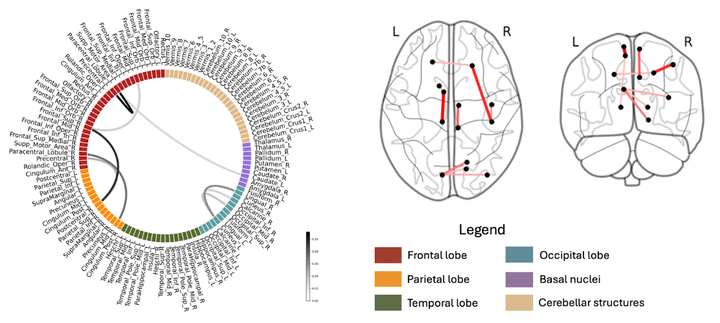Magnetoencephalography-based interpretable automated differential diagnosis in neurodegenerative diseases

Abstract
Automating the diagnostic process steps has been of interest for research grounds and to help manage the healthcare systems. Improved classification accuracies, provided by ever more sophisticated algorithms, were mirrored by the loss of interpretability on the criteria for achieving accuracy. In other words, the mechanisms responsible for generating the distinguishing features are typically not investigated. Furthermore, the vast majority of the classification studies focus on the classification of one disease as opposed to matched controls. While this scenario has internal validity, concerning the appropriateness toward answering scientific questions, it does not have external validity. In other words, differentiating multiple diseases at once is a classification problem closer to many real-world scenarios. In this work, we test the hypothesis that specific data features hold most of the discriminative power across multiple neurodegenerative diseases. Furthermore, we perform an explorative analysis to compare metrics based on different assumptions (concerning the underlying mechanisms). To test this hypothesis, we leverage a large Magnetoencephalography dataset (N=109) merging four cohorts, recorded in the same clinical setting, of patients affected by multiple sclerosis, amyotrophic lateral sclerosis, Parkinson s disease, and mild cognitive impairment. Our results show that it is possible to reach a balanced accuracy of 67,1% (chance level = 35%), based on a small set of (non-disease specific) features. We show that edge metrics (defined as statistical dependencies between pairs of brain signals) perform better than nodal metrics (considering region while disregarding the interactions. Moreover, phase-based metrics slightly outperform amplitude-based metrics. In conclusion, our work shows that a small set of phase-based connectivity metrics applied to MEG data successfully distinguishes across multiple neurological diseases.